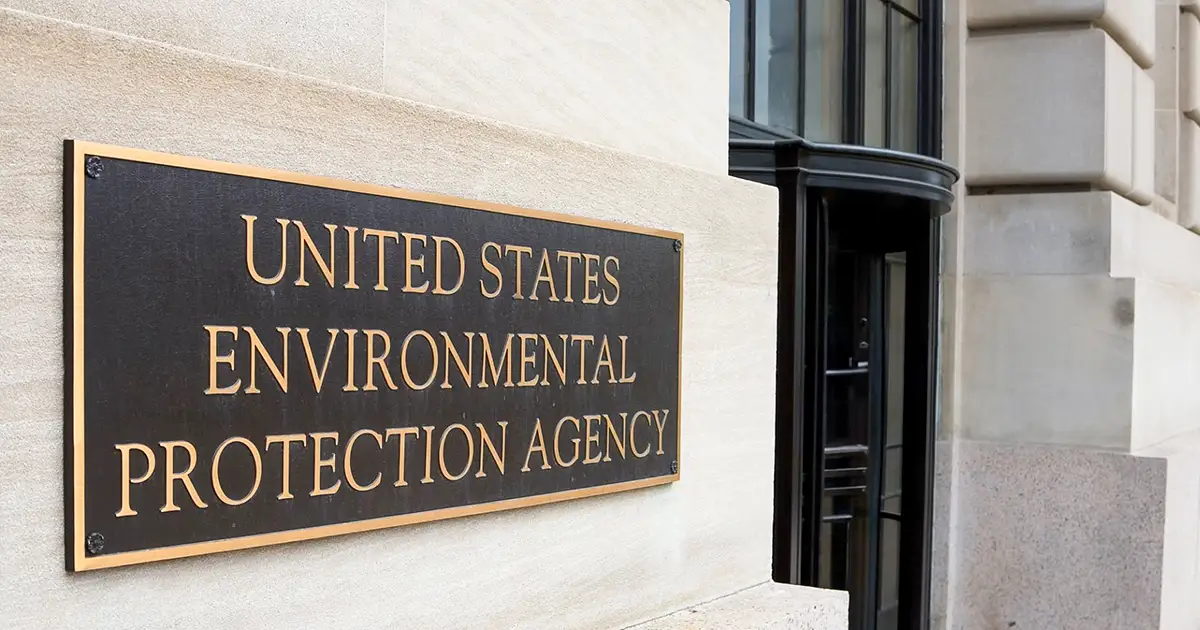If you’ve been thinking about upgrading your heating and cooling system, now is the time to pay attention. Significant changes are on the way in 2025 and could impact your comfort, budget, and the environment. These changes stem from the EPA’s new refrigerant mandate, part of a larger push to reduce the environmental impact of HVAC systems across the United States.
At Brad’s Heating & Air in Jacksonville, AR, we believe that being informed is the first step to making smart, cost-effective decisions. This month, we will walk you through everything you need to know about the upcoming refrigerant changes, what they mean for your home, and how to get ahead of the curve.
What Is the 2025 Refrigerant Mandate?
The Environmental Protection Agency (EPA) is phasing out R-410A, a refrigerant used in most residential and light commercial HVAC systems.
As of January 1, 2025, new systems must use refrigerants with a significantly lower global warming potential (GWP). The most common replacements are R-454B and R-32, designed to be more environmentally friendly.
Why Is This Change Happening?
Refrigerants like R-410A contribute to climate change because of their high GWP. Reducing the use of these refrigerants is part of a global effort to lower greenhouse gas emissions and combat global warming.
The EPA’s goal is to encourage homeowners and businesses to adopt HVAC systems that are better for the planet and more efficient and cost-effective in the long run.

What This Means for Homeowners in Central Arkansas
You might be wondering, “How does this affect me?” Here’s a breakdown of what homeowners in Jacksonville need to know about the transition:
- Your Current System Can Still Be Used: If your system uses R-410A, don’t worry—you don’t need to rush out and replace it. Existing systems can continue to be operated and serviced. However, as manufacturers phase out R-410A, the cost of refrigerants and replacement parts may increase over time, making repairs more expensive.
- New Systems Will Be More Expensive: The design and production of HVAC systems that use new refrigerants like R-454B and R-32 require additional safety features and updated components. These factors are expected to drive up the cost of new systems by 20% to 30%. If your system is nearing the end of its lifespan, it might make sense to upgrade now before the new equipment hits the market.
- Potential Supply Chain Disruptions: Manufacturers are focusing their resources on building systems compliant with the new mandate, which may cause delays in getting parts or equipment for older systems. Early action can help you avoid these potential headaches.
- Improved Energy Efficiency: The good news? Systems using R-454B and R-32 are designed to be more efficient, which could lower your energy bills. Over time, these savings can offset the higher upfront cost of the new systems.
Benefits of Upgrading to New Refrigerants
While change can feel daunting, the new refrigerant mandate brings several advantages for homeowners:
- A Positive Environmental Impact: Switching to low-GWP refrigerants, you’re helping reduce greenhouse gas emissions and support global efforts to combat climate change.
- Energy Savings: New systems are built for efficiency, meaning you’ll likely see a drop in your monthly utility bills. These savings add up over time, making the investment worthwhile.
- Future-Proofing Your HVAC System: Upgrading now ensures your system meets the latest standards, sparing you from costly retrofits or replacements later.
How to Prepare for the Refrigerant Transition
The January 2025 deadline has passed, so the sooner you prepare, the better. Here’s how you can get ahead of the changes:

- Assess Your Current System: If your HVAC system is over 10 years old or hasn’t been inspected recently, now’s the time to schedule a professional evaluation. Call Brad, and he will assess your system and let you know whether it’s worth repairing or replacing.
- Take Advantage of Incentives: The Inflation Reduction Act offers federal tax credits for energy-efficient HVAC systems, including up to $600 for air conditioners and $2,000 for heat pumps. In addition, check for local rebates that can further reduce the cost of your upgrade.
- Budget for the Future: Even if your current system is in good shape, it’s wise to start saving for an eventual replacement. Having a financial plan will help you avoid surprises down the road.
Safety Considerations with New Refrigerants
One concern homeowners may have is the safety of the new refrigerants. While R-454B and R-32 are classified as mildly flammable, they are designed to be used in tightly sealed systems with advanced safety features.
Brad is fully trained and certified to work with A2L refrigerants. He can install and maintain these new units and ensure they are as safe as those using older refrigerants.
Regular Maintenance: Your Secret Weapon
Keeping your HVAC system in top shape is always important, but this transition is especially critical. Regular maintenance helps:
- Identify potential issues before they become costly problems.
- Ensure your system runs efficiently, saving you money on energy bills.
- Extend the lifespan of your equipment, delaying the need for replacement.
Brad’s Heating & Air offers comprehensive maintenance plans to keep your system running smoothly.
Final Thoughts
The 2025 refrigerant mandate marks a major shift in the HVAC industry. Still, it’s also an opportunity for Jacksonville homeowners to embrace more efficient and environmentally friendly technologies.
By understanding the changes and acting early, you can save money, avoid stress, and ensure your home remains a comfortable haven for years. Don’t wait… contact Brad’s Heating & Air today at (501) 330-8066 to prepare your home for the future. Together, we’ll make sure you’re ready for what’s next!





